Feature Image Credit: @thoughtsfromapage
The Gilded Age is the term used for the period following the Civil War up through the dawning of the 20th century. Mark Twain is credited with naming the era, when he wrote a satirical novel about the time period entitled The Gilded Age: A Tale of Today. The period is best known for the rapid growth in industry and technology, as well as the development of an incredibly wealthy upper-class who made their money at the expense of the working class. It was a fascinating time when the country was undergoing numerous changes and developments. Here are ten novels set during the Gilded Age that depict various aspects of that era. I hope you enjoy them!
Don’t miss our list of the best historical fiction books of 2021—or the best historical fiction books to look forward to in 2022!>>
The Address by Fiona Davis
The Address is centered around the Dakota in New York City. The title is cleverly drawn from a review of the building following its opening in 1885 in which the reviewer stated that “the Dakota will undoubtedly be known as ‘The Address’ of New York’s West Side.” Davis melds historical events with a spectacular tale of greed, passion, love and sacrifice told in a dual timeline format alternating between the mid-1880s and 1985.
The Body in the Ballroom by R.J. Koreto
Lively and ahead of her time, Alice Roosevelt entertained everyone she met. In this fictional mystery series, Alice and the Secret Service agent assigned to her, Joseph St. Clair (who is a former Rough Rider), are sent to New York for the spring season. Soon after their arrival in New York City, Alice attends a ball and witnesses the death of one of the wealthy guests. Naturally, Alice, with the help of St. Clair, feels compelled to investigate and attempt to solve the crime. The farther the duo delves into the crime, the more they realize that there’s a lot more at issue than one murder.
Here’s our favorite historical fiction mystery reads>>
Cartier’s Hope by M.J. Rose
Set in Gilded Age New York City, Cartier’s Hope stars Vera Garland, an investigative journalist who is determined to avenge the deaths of her father and uncle. Her quest takes her into the glittering world of jeweler Pierre Cartier, who recently purchased the Hope Diamond. Vera decides to investigate rumors that Cartier is scheming to manipulate the value of his newly acquired purchase, and she soon learns that more is at stake than just retribution.
Estelle by Linda Stewart Henley
Before he was well-known and revered for his paintings and other artwork, Edgar Degas spent five months in New Orleans in late 1872 and early 1873. In this dual timeline tale, the lives of two women living a century apart intertwine. Searching for inspiration in the earlier timeline, Degas paints Estelle, Degas’ sister-in-law and Creole cousin. In 1970 while renovating a New Orleans house that she inherited, Anne Gautier stumbles upon a journal by one of her ancestors who knew Degas. Filled with intrigue, art and family connections, Estelle explores Degas’ time in New Orleans.
The Fifth Avenue Artists Society by Joy Callaway
The Fifth Avenue Artists Society provides a glimpse into New York City’s literary and artistic society in the 1890s. Virginia Loftin, an aspiring writer, is one of five children whose family has been struggling financially ever since their father died several years before. As the book opens, Virginia is jilted by the love of her life, and as she struggles to overcome her grief and anger, she pours her soul into her writing. To help distract her, her brother Franklin introduces her to a group of artists, musicians and writers, including Edith Wharton and Oscar Wilde, that meet frequently at the fictional John Hopper’s house on Fifth Avenue in Manhattan. As she becomes more involved with this group and its founder, she realizes that everything is not always as it seems.
The Last Days of Night by Graham Moore
As the book opens, George Westinghouse and Thomas Edison are in the midst of a massive battle over who owns the lightbulb and therefore will have the ability to electrify the United States. Westinghouse hires a young attorney named Paul Cravath to represent him in the numerous (over 300) lawsuits brought by Edison related to the ownership of the lightbulb. In addition, Westinghouse and Edison are battling over which type of current, direct or alternating, will prevail. Moore manages to convey what the advent of electric light meant to society: factories and business are no longer bound by when the sun rises and sets, crime is diminished in public areas at night, and day and night no longer are no longer so distinct.
Murder at the Breakers by Alyssa Maxwell
The various Newport “cottages” built in the late 1890s occupy center stage in Alyssa Maxwell’s series starring the fictional Emma Cross, second cousin to millionaire Cornelius Vanderbilt. In this first installment, The Breakers, the largest and most renowned of the Newport summer homes, plays center stage. Maxwell’s meticulous research shines through in each installment as she details a particular house and its inhabitants, all while centering a mystery around the house at issue.
The Social Graces by Renee Rosen
In The Social Graces, Rosen highlights the legendary feud between grand dames Alva Vanderbilt and Caroline Astor, regarding who would reign supreme over New York City society during the Gilded Age. Mrs. Astor—known for determining who made the powerful 400 list and setting the standard for what was in and what was not—represented the old money group, while Alva Vanderbilt—a member of the newly wealthy Vanderbilt family—continually worked to be accepted by New York society. The feud begins when Alva Vanderbilt marries into the Vanderbilt family, and most of the upper crust families refuse to acknowledge her. But Alva is more than determined to make her place in society, setting off a battle with Caroline Astor that raged across decades and included some pretty juicy drama.
A Well-Behaved Woman: A Novel of the Vanderbilts by Therese Anne Fowler
A Well-Behaved Woman tells the story of Alva Vanderbilt and her determination to succeed in cut-throat, Gilded-Age New York. She hailed from a Southern family who lost their fortune after the Civil War and managed to marry into the Vanderbilt dynasty. In addition to shaking up the wealthy social circles in New York City, Alva was a prominent supporter of the women’s suffrage movement and was vocal about women’s rights, most often asserting power in her own marriage and encouraging others to do the same.
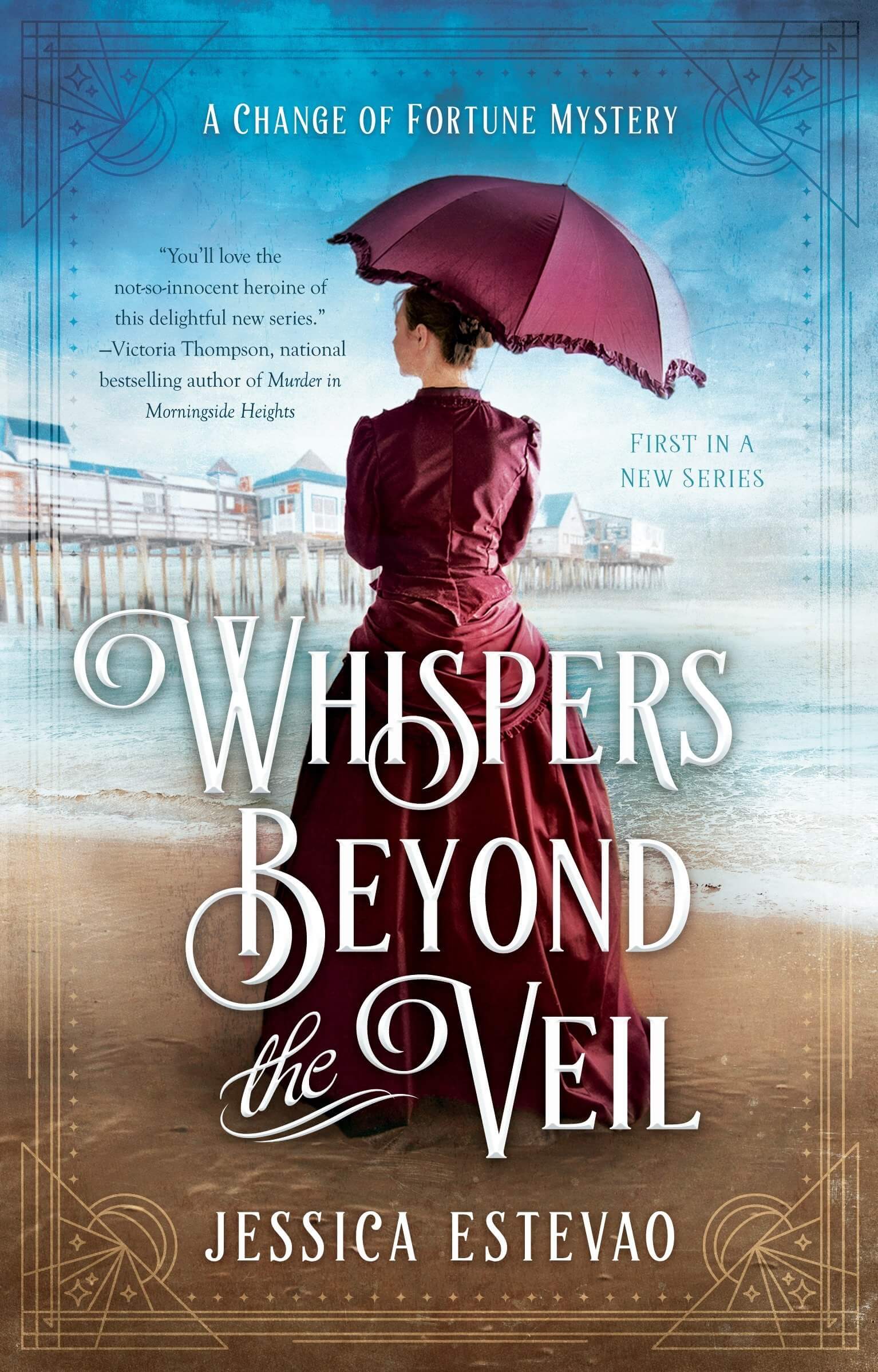
Whispers Beyond the Veil by Jessica Estavao
Whispers Beyond the Veil features Ruby Proulx and is set in the charming seaside resort town of Old Orchard, Maine. As the book opens in 1898, Ruby is traveling in Canada with her father, a charlatan who enlists Ruby in his fraudulent schemes. After one of his supposed cures causes a death, Ruby escapes to Old Orchard to join her estranged Aunt Honoria, who owns the Hotel Belden, which caters to spiritualists, a popular interest during this time period. When the medium hired by Honoria fails to show, Ruby steps in to fill the medium’s shoes and the story unfolds from there.
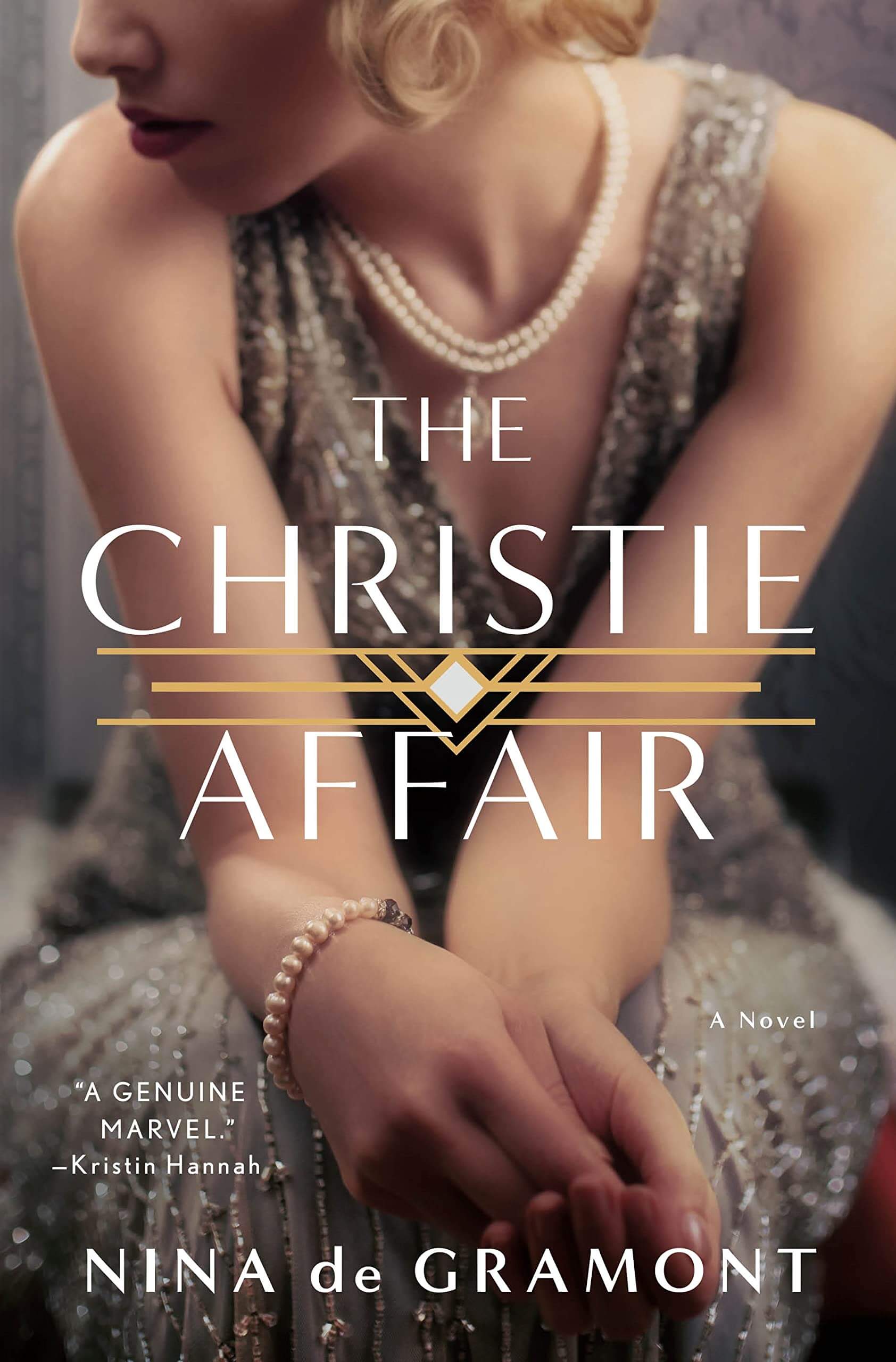
The Christie Affair by Nina de Gramont
The Christie Affair introduces London in 1926 when Agatha Christie runs up against the shocking storylines that involve herself, her husband and Miss Nan O’Dea. Christie’s husband confronts her and says he is leaving. We follow the sensational and scandalous chain of events that led to Agatha Christie’s disappearance for 11 days in 1926, told through the lens of husband’s mistress.
Don’t miss our must-read medieval historical fiction …>>
Or our list of the best historical fiction set during WWII>>
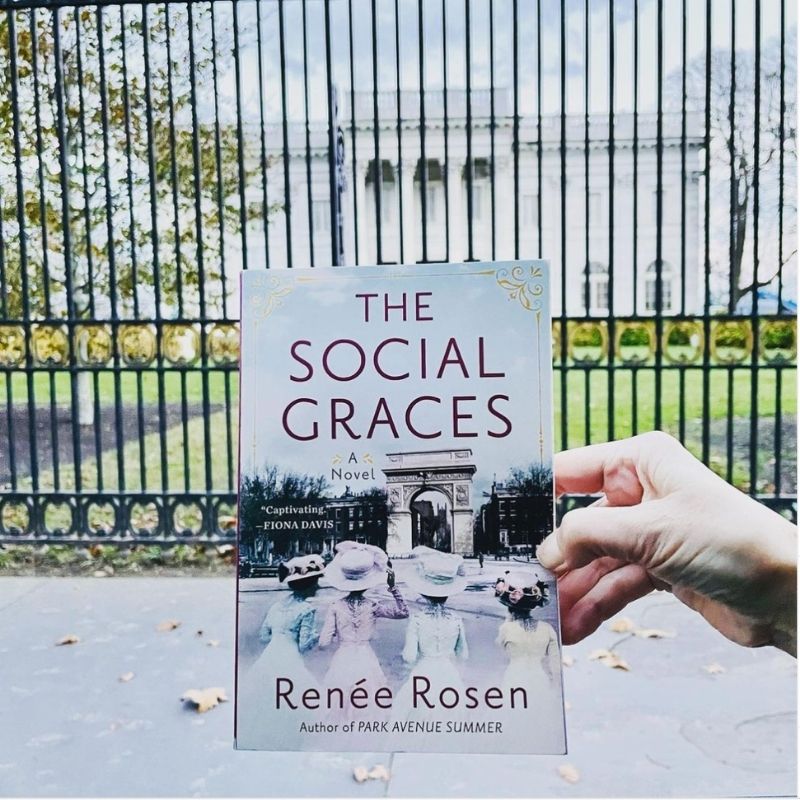


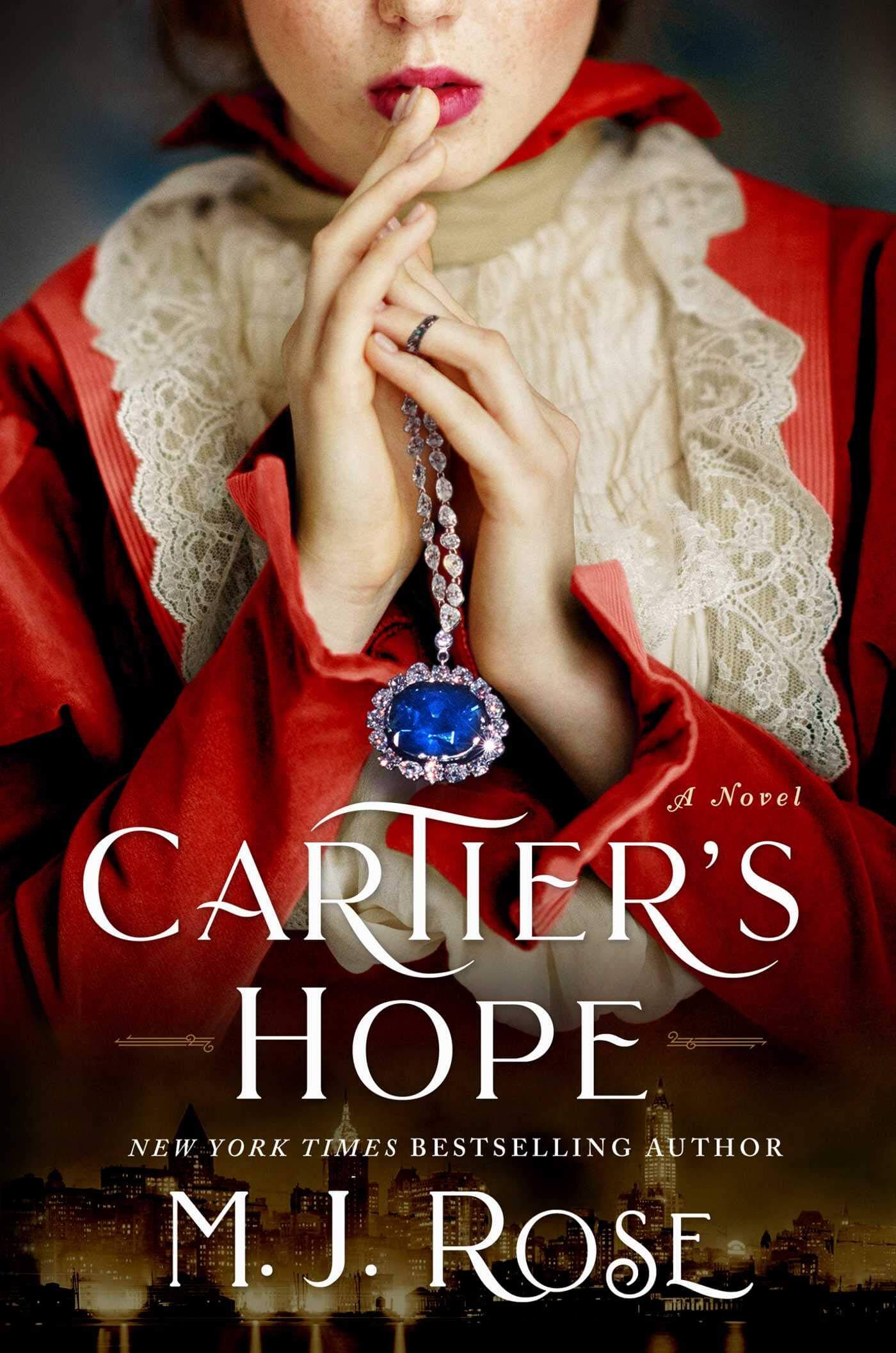
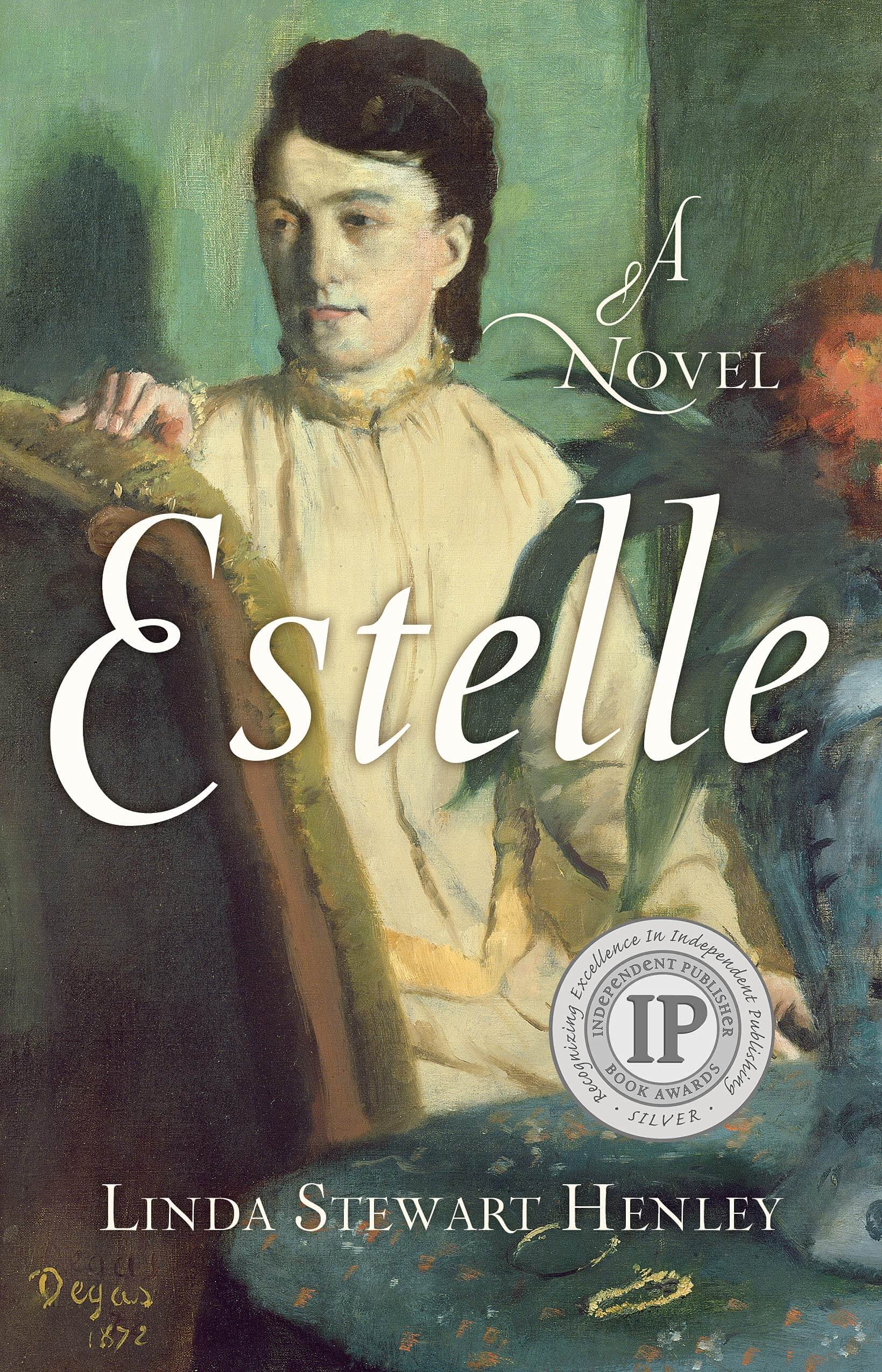
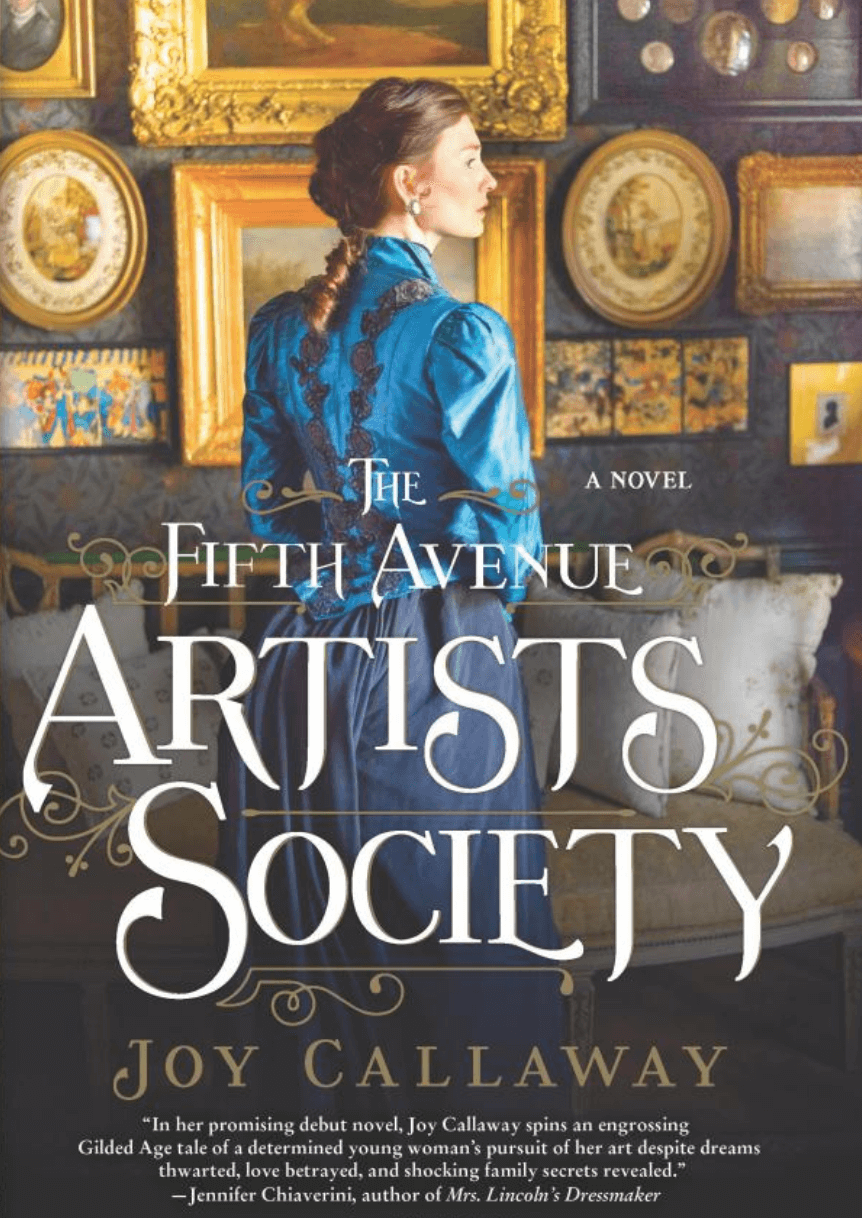
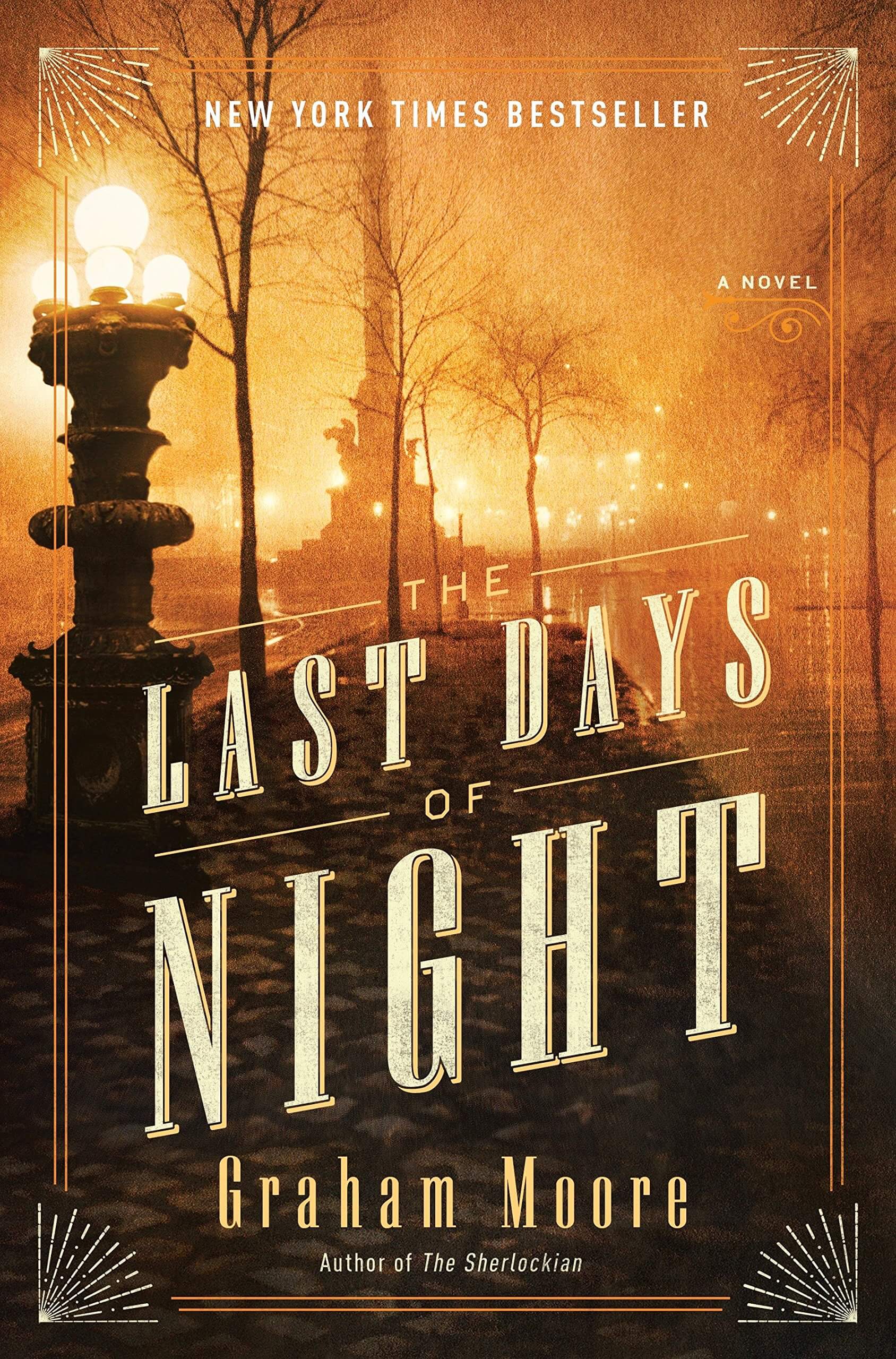
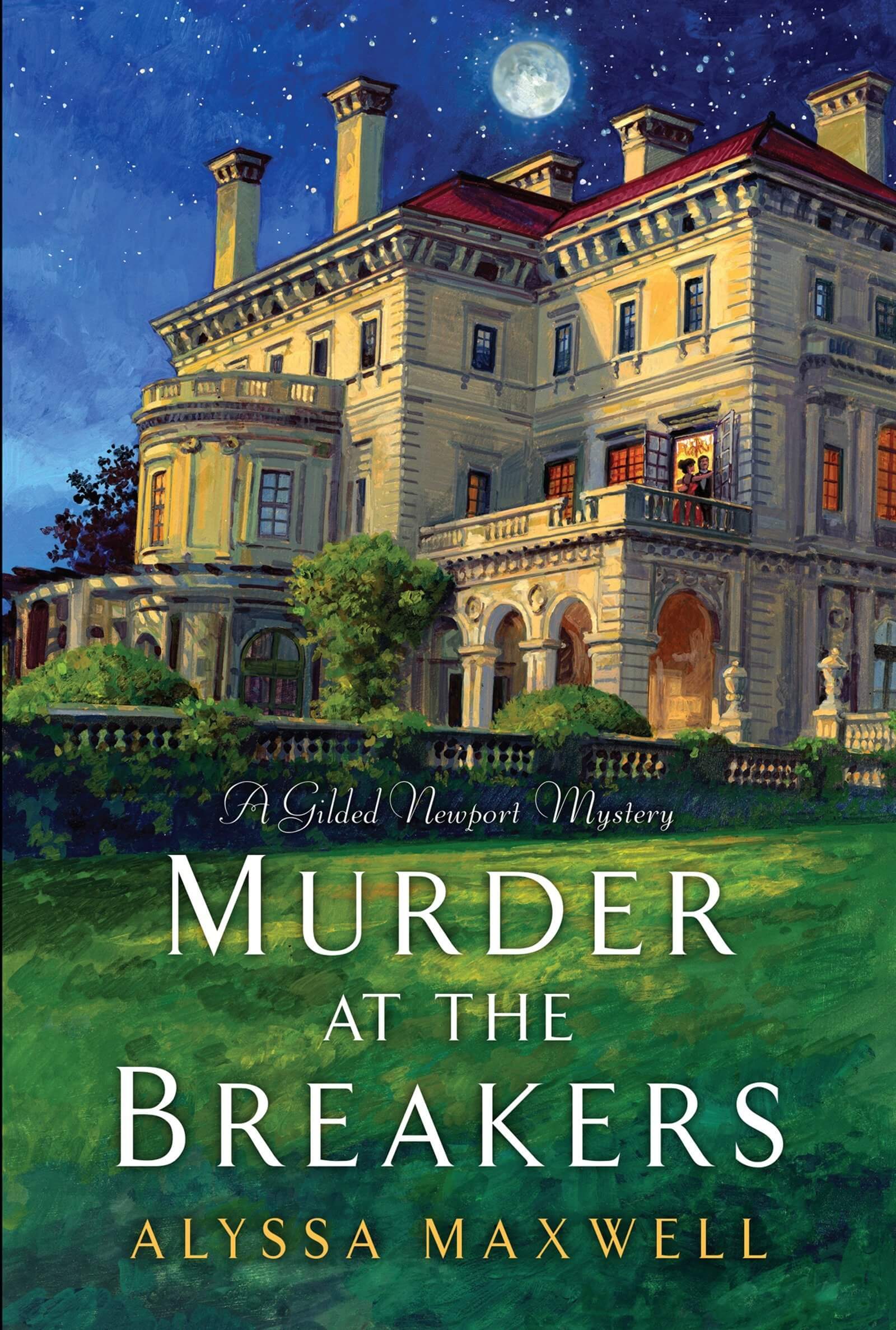
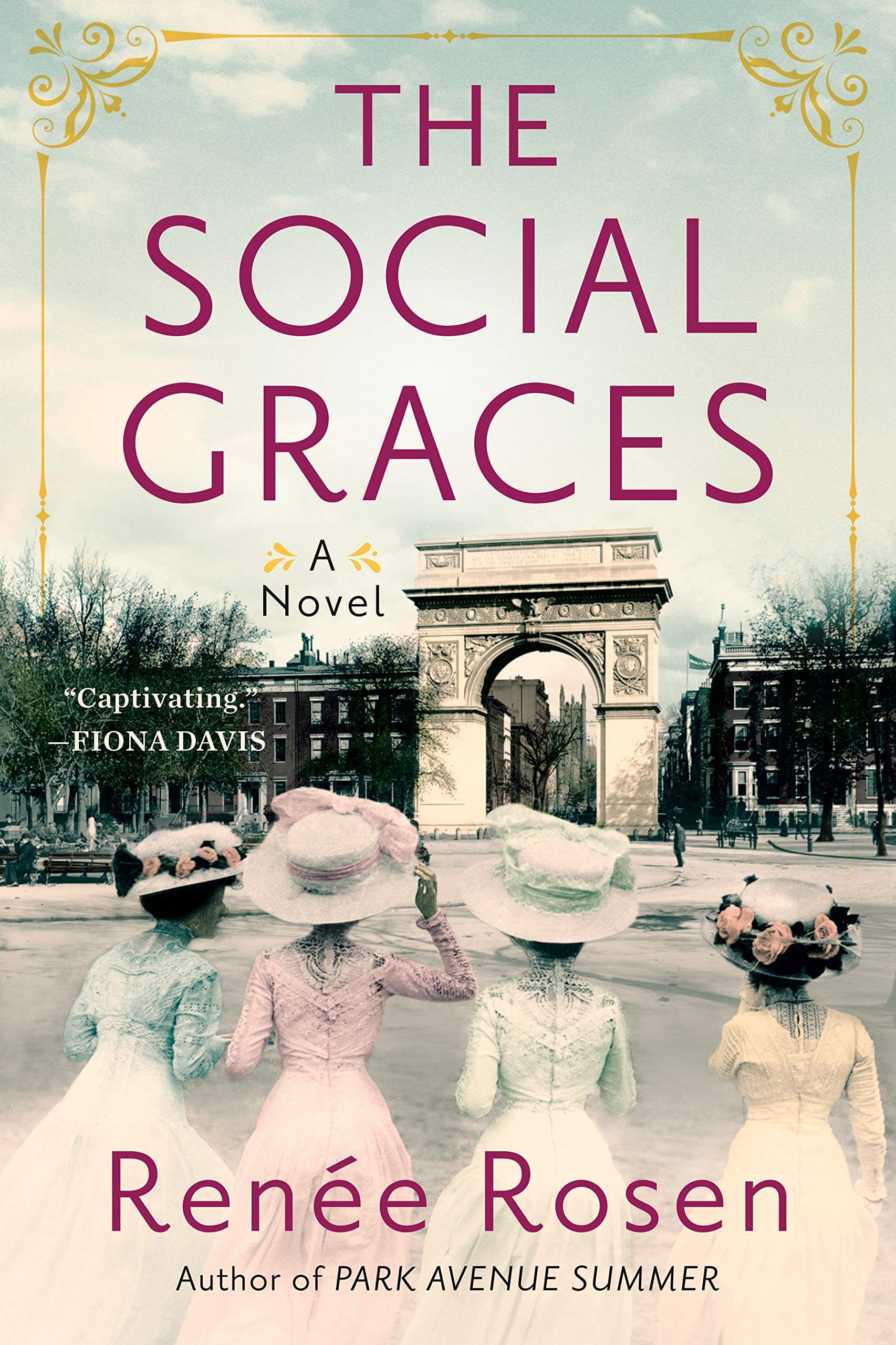
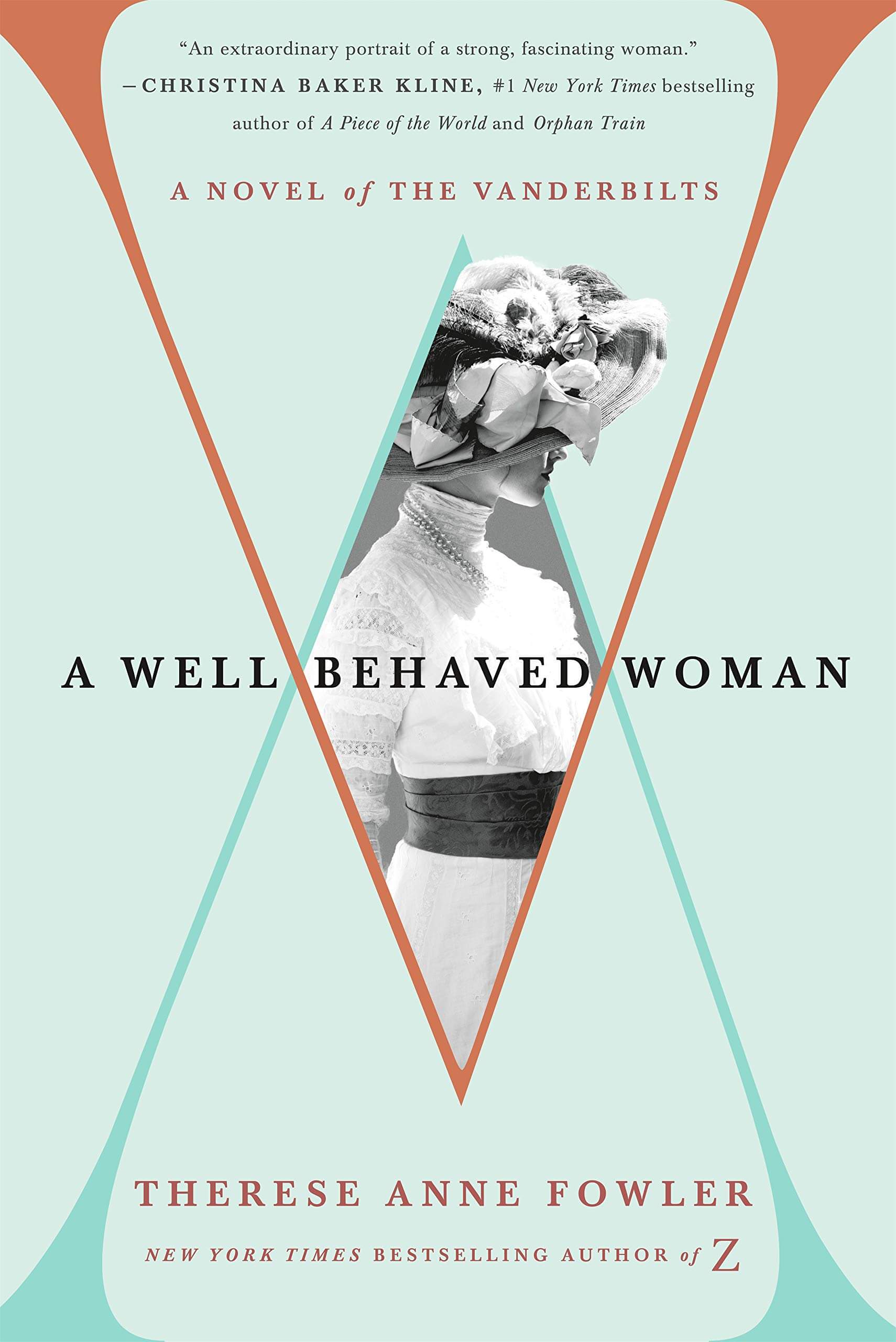

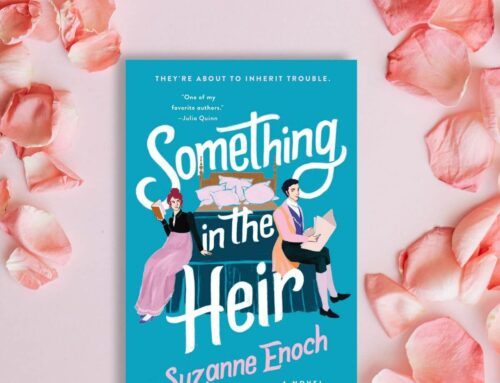

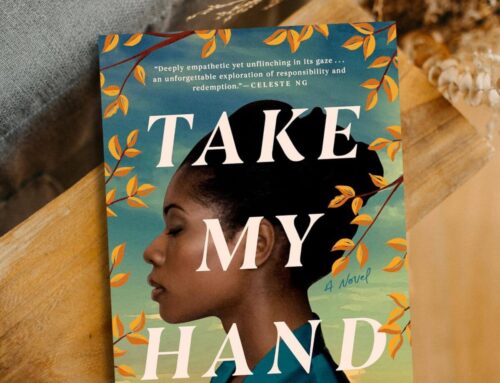
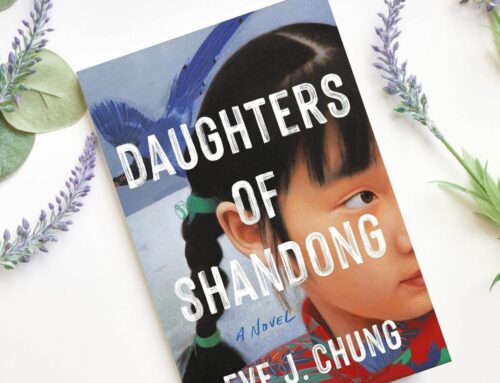
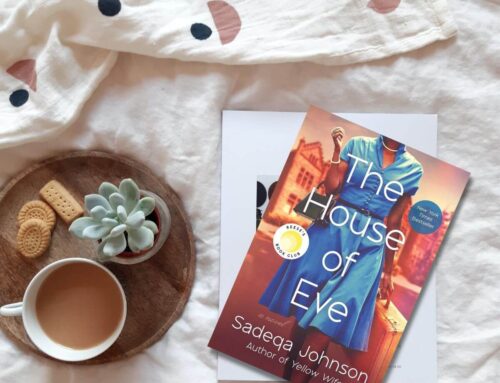
Leave A Comment